Unburnt brick manufacturing enterprises: Difficulties in consumption have not yet ended
Unburnt bricks are expected to be green, "clean" building materials for the environment and reduce emissions..., but businesses producing this material are facing many difficulties in selling their products.
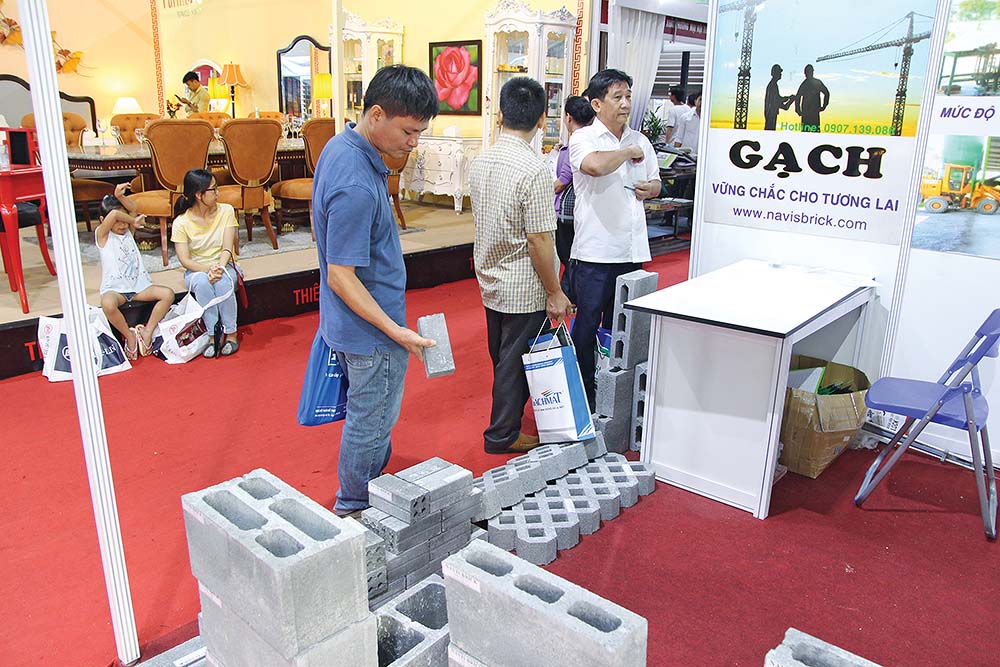 |
| Although unburnt bricks have many advantages, the consumption of this product still faces many difficulties. |
It is not easy to change user habits.
In the current construction materials market, it is not difficult to find products such as: cement-based concrete bricks; autoclaved aerated concrete bricks, non-autoclaved aerated concrete bricks; foam concrete bricks; extruded hollow concrete panels, autoclaved aerated concrete wall panels... This is a non-burnt product line, does not use agricultural land, therefore, does not negatively affect the area of agricultural land. Using non-burnt bricks, large sizes also helps speed up construction progress, instead of using small bricks in the old way.
Despite the advantages, the consumption of this product in the market still faces many difficulties. According to the owner of a factory specializing in the production of unburnt bricks in Long Vinh commune, Chau Thanh district, Tay Ninh province, after several years of production and distribution of products to the market, this enterprise has encountered many difficulties. People do not like this type of brick, rarely do any houses use unburnt bricks to build their projects. Perhaps there are large block bricks used to build fences or terrazzo used to pave the yard.
In addition, the proper use of unburnt bricks also requires the masons to have knowledge and techniques. Meanwhile, most contractors and masons in the province are only familiar with building with traditional bricks, so they are prone to making mistakes, the quality of the construction is not guaranteed, the construction is water-permeable, cracked... and they "blame" the poor quality of unburnt bricks. Since then, unburnt brick products have gradually lost points in the eyes of many people.
On December 23, 2021, the Prime Minister issued Decision No. 2171/QD-TTg approving the Program for Development of Unburnt Construction Materials in Vietnam until 2030. The program sets the goal of promoting the production and use of unburnt construction materials to partially replace burnt clay bricks at a rate of 35-40% by 2025, 40-45% by 2030 in the total construction materials, ensuring the rate of use of unburnt construction materials in construction works according to regulations.
The program also offers 7 solutions for implementation: perfecting institutions and policies; scientific and technological solutions; perfecting standards, regulations, and economic and technical norms related to unburnt materials; promoting the use of unburnt construction materials; training and international cooperation; information and propaganda; supervision, inspection, and examination of quality management and use of unburnt materials.
“It is very difficult to change people’s material usage habits. Currently, unburnt bricks, no matter how good, are only used for secondary constructions,” said the owner of a factory in Tay Ninh.
Or in the case of Dai Dung Green Materials Joint Stock Company, in order to compete with other businesses, the owner of this business has boldly invested in modern production lines to improve product quality, so it has a fairly stable consumer market. However, the Company's products are also facing many difficulties in consumption.
According to Mr. Trinh Nhien, Director of Dai Dung Green Materials Joint Stock Company, unburned products can only be supplied to projects using state capital, and are not widely used in private projects due to people's habits and because the selling price is higher than traditional burnt clay bricks. In addition, difficulties in input scarcity and the continuous increase in construction materials prices also affect the production costs of unburned brick manufacturing enterprises.
Need to pay attention to the whole
“To overcome current difficulties, we are focusing on expanding the product distribution market to neighboring provinces of Ho Chi Minh City such as Long An, Binh Duong, Dong Nai, etc., because the market space in the provinces is still very large, many office buildings as well as infrastructure are being strongly developed”, shared the Director of Dai Dung Green Materials Joint Stock Company.
From a professional perspective, Dr. Thai Duy Sam, Vice President of the Vietnam Association of Building Materials, said that by 2023, the country will have 2,500 unburnt brick production facilities, with a total designed capacity of 15 billion standard bricks/year, but consumption output is very slow and has decreased seriously.
Specifically, if in 2019, the consumption output reached 4.8 billion unburnt bricks, then by 2023 it is estimated to only reach 2.8 billion bricks, which has caused many manufacturing enterprises to temporarily stop operations, some others operate at only 30-50% capacity. In addition, since 2010, Vietnam has had 12 autoclaved aerated concrete factories, but now only 4 factories are in operation.
According to Mr. Thai Duy Sam, to promote green, environmentally friendly and energy-saving materials more strongly, Vietnam needs to pay attention to the overall green material production sector. Specifically, it is necessary to continue reviewing, amending and supplementing policies to promote the production and use of low-emission and energy-efficient construction materials.
Accordingly, policies to support enterprises producing green building materials in terms of investment, finance, tax, etc. contribute to reducing product costs; policies on incentives for projects using green building materials. At the same time, there must be sanctions to handle violations of the implementation of issued policies, mechanisms, and guidelines.



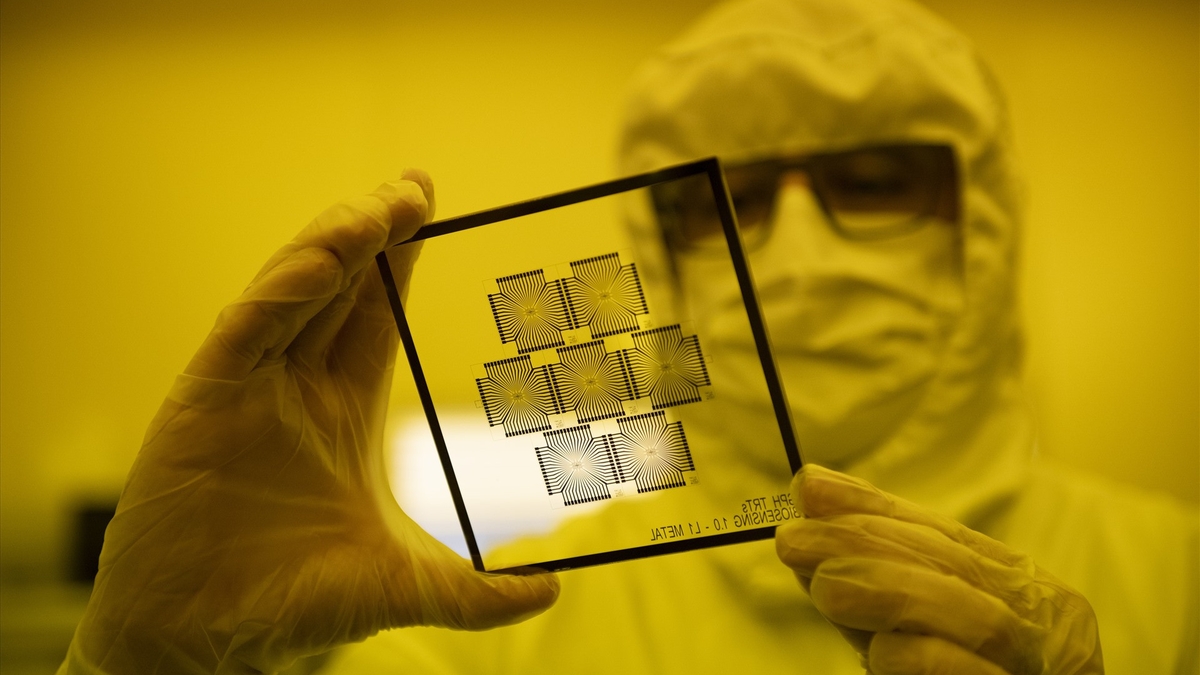



![[Photo] Da Nang: Hundreds of people join hands to clean up a vital tourist route after storm No. 13](https://vphoto.vietnam.vn/thumb/1200x675/vietnam/resource/IMAGE/2025/11/07/1762491638903_image-3-1353-jpg.webp)
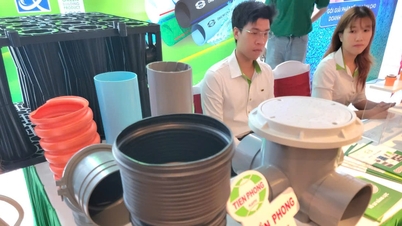

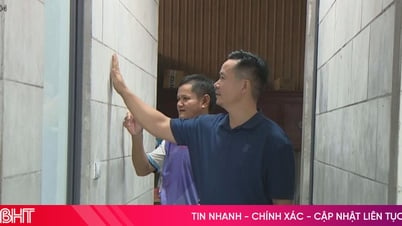



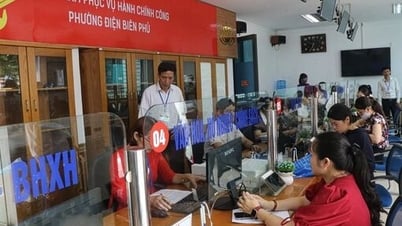


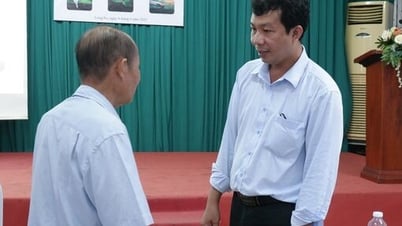
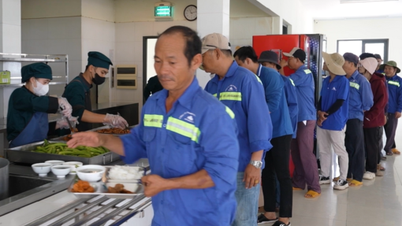





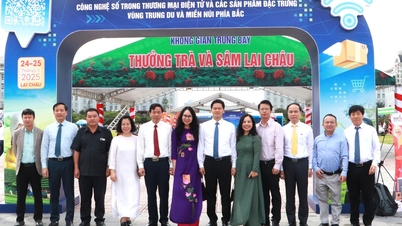



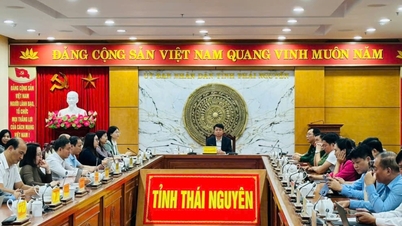
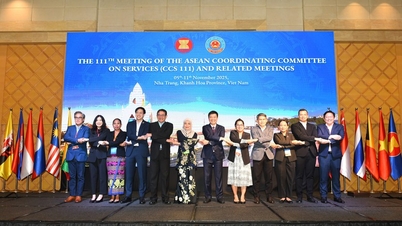



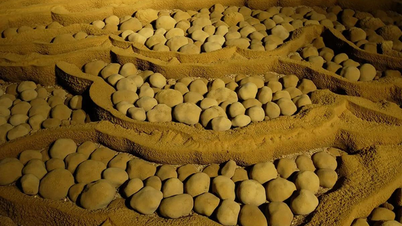






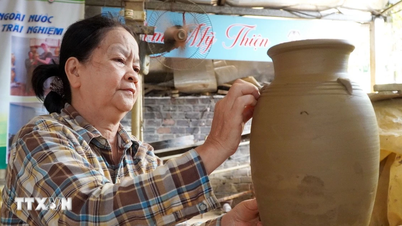

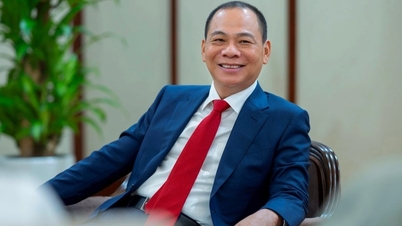











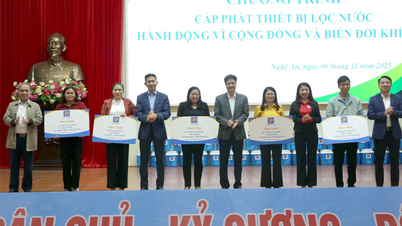


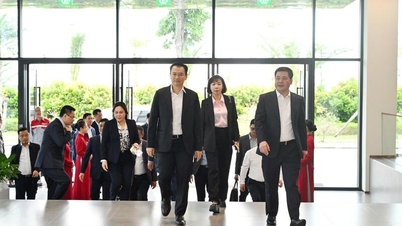
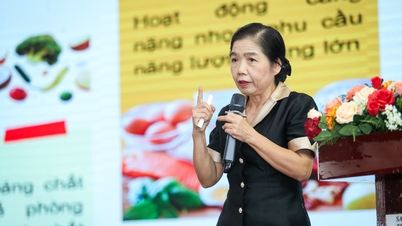







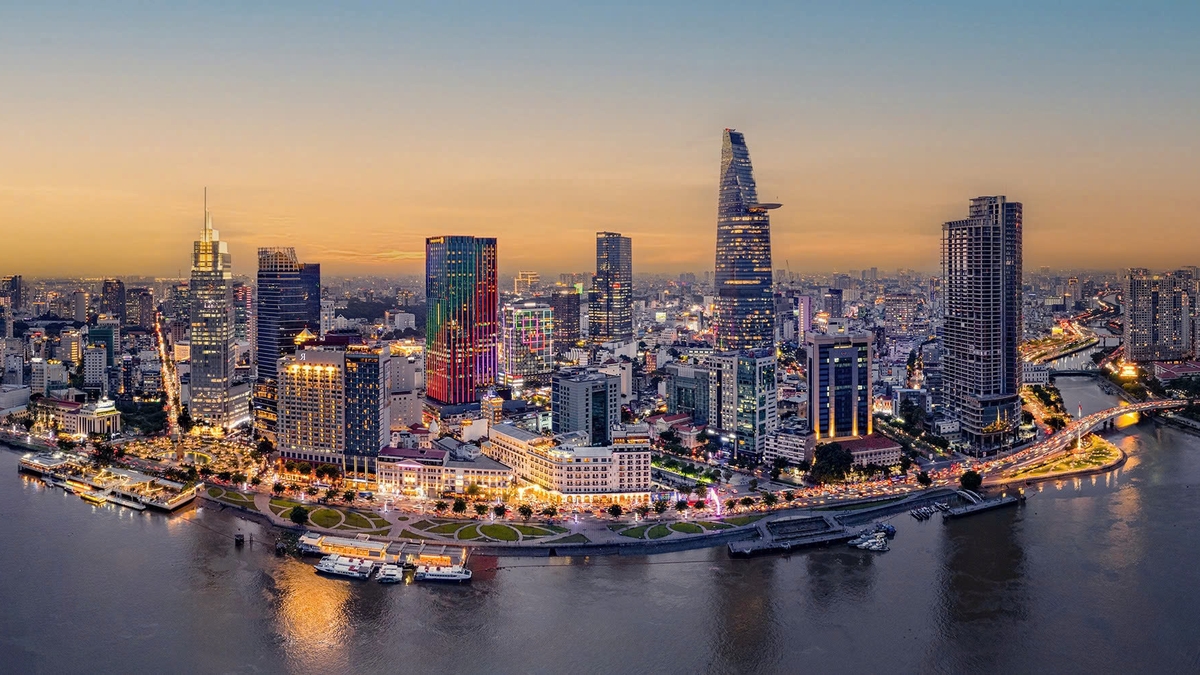







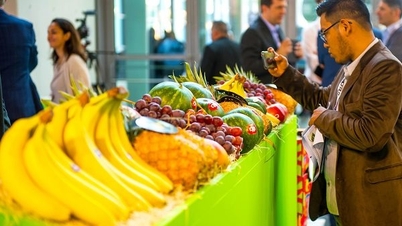


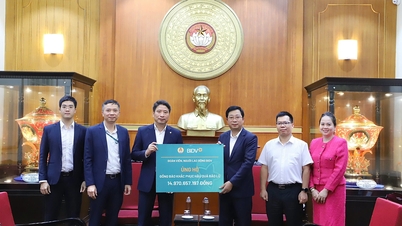

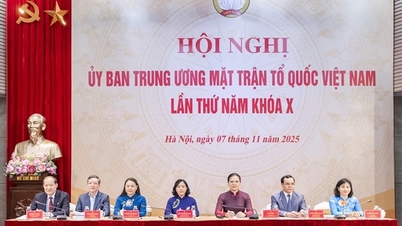
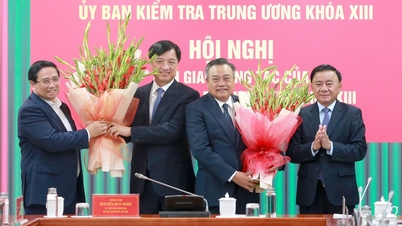






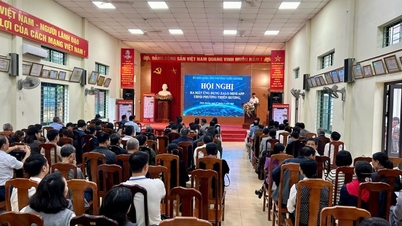

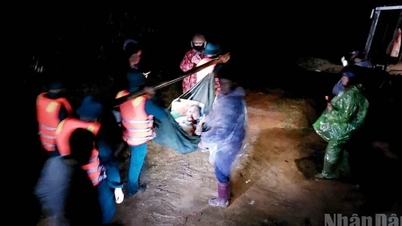


















Comment (0)